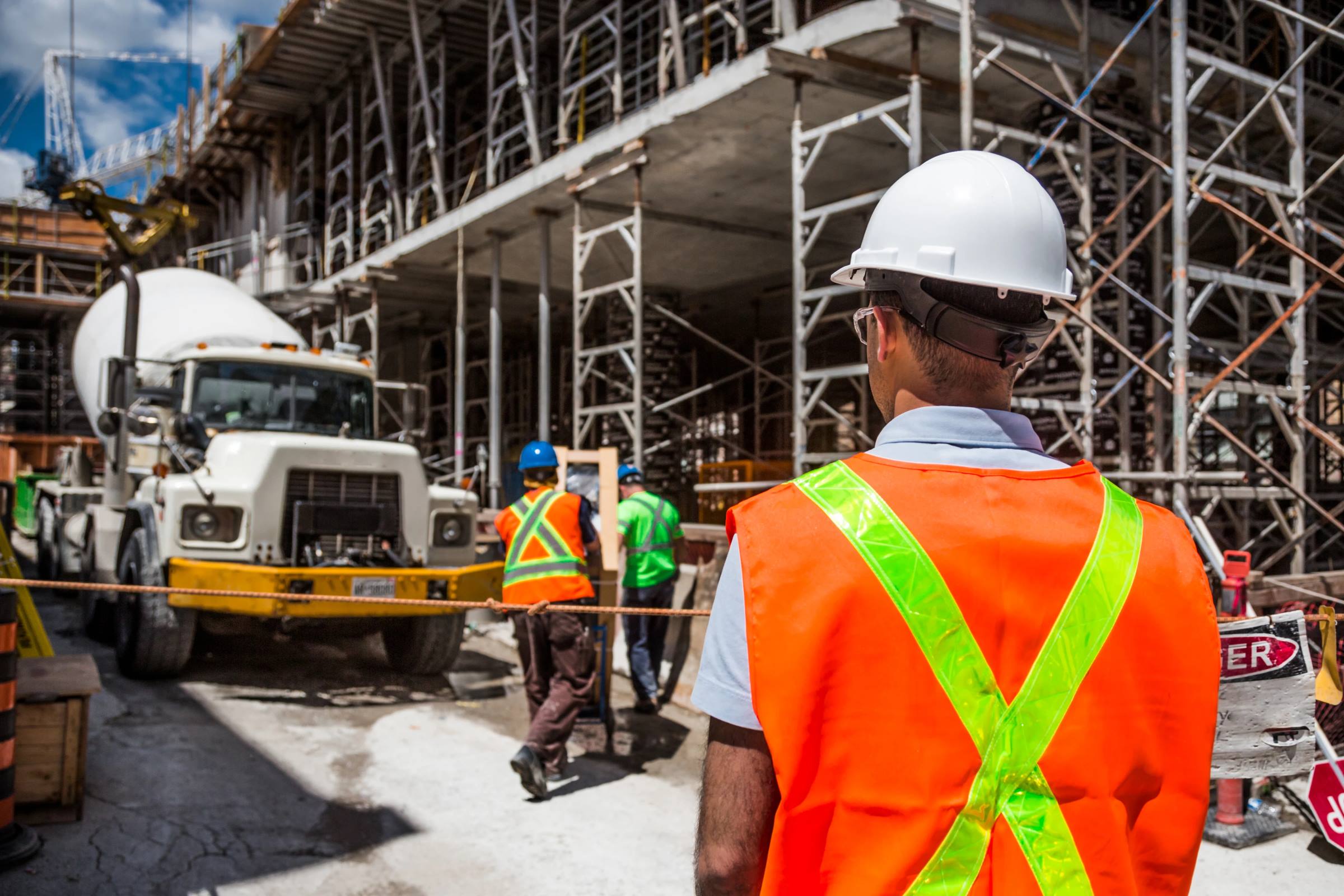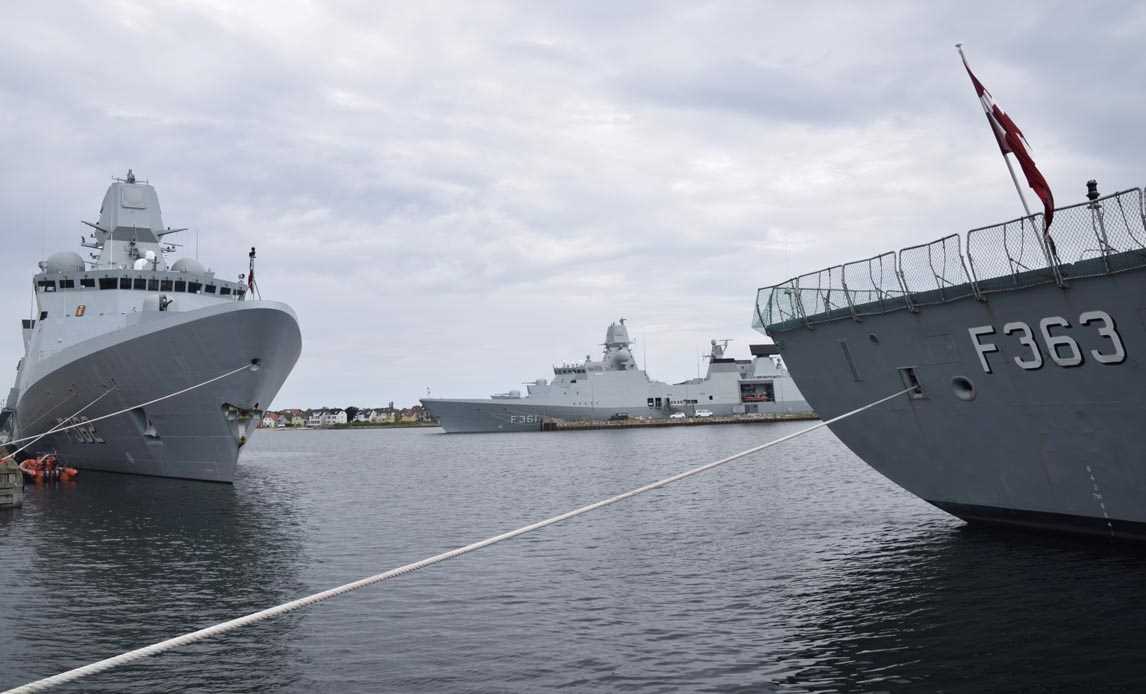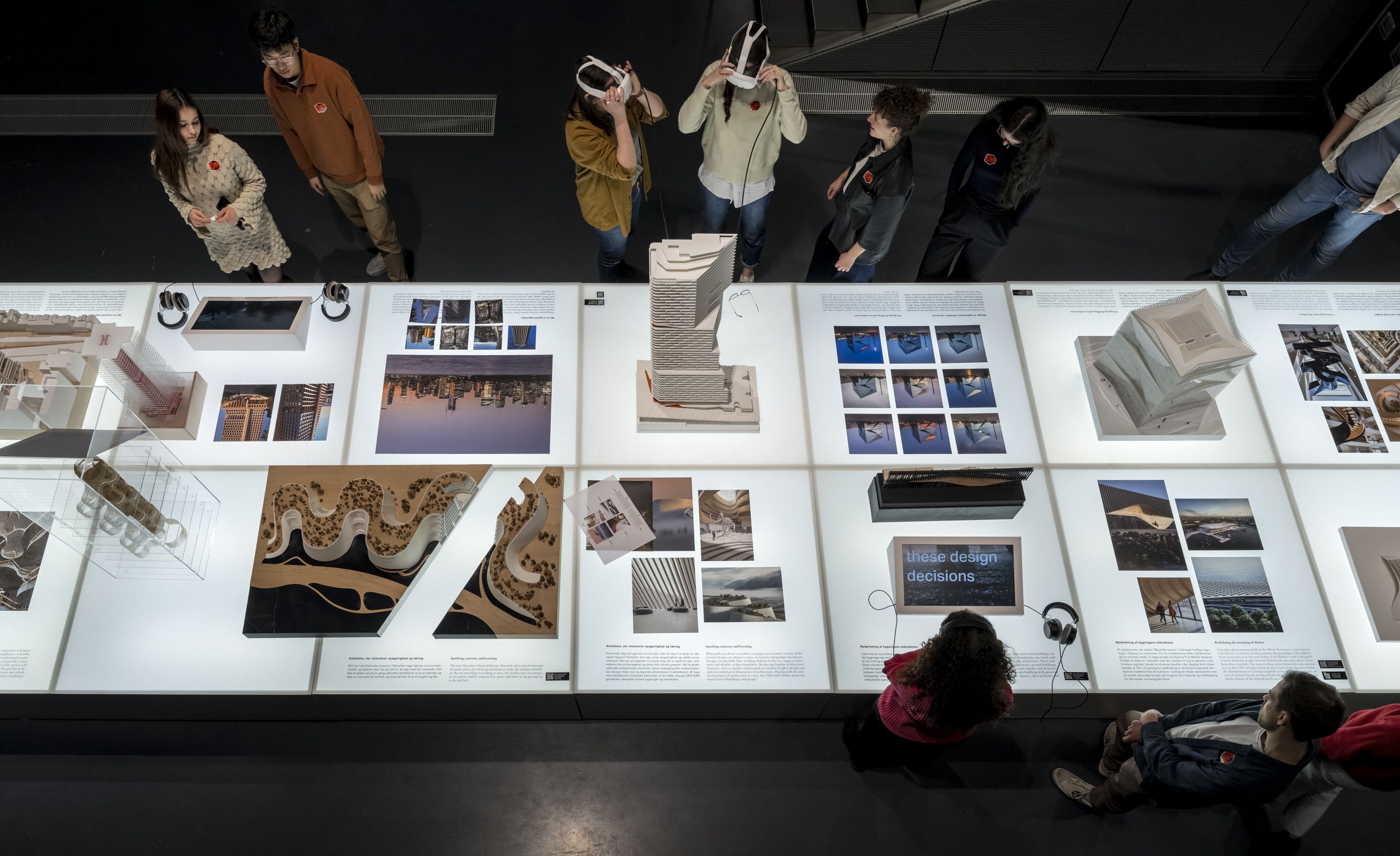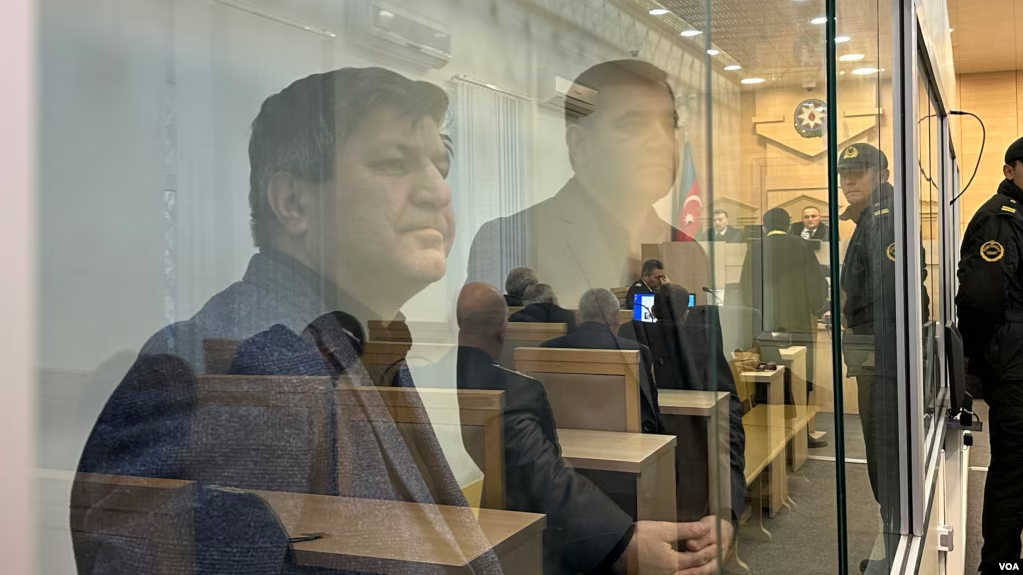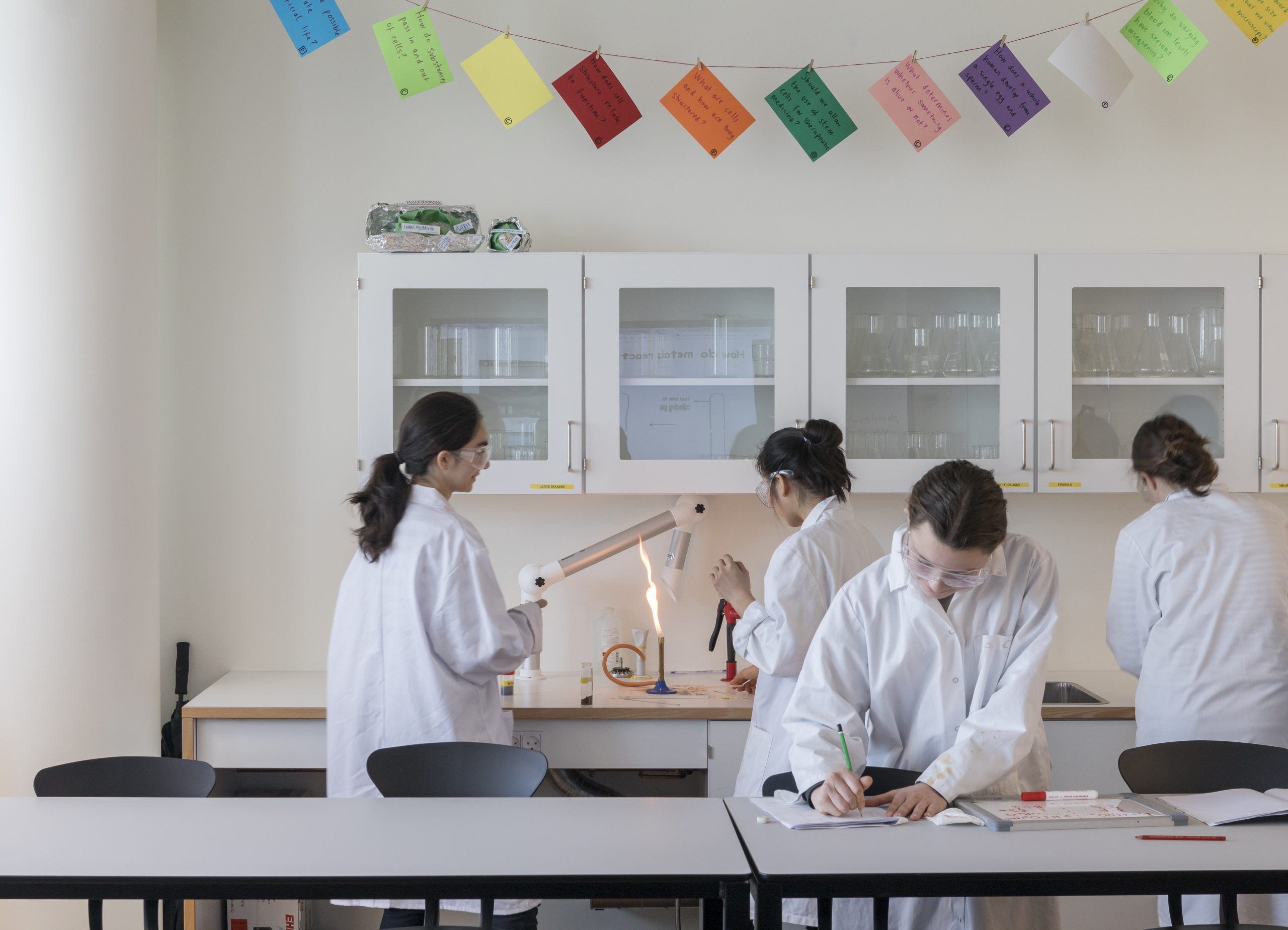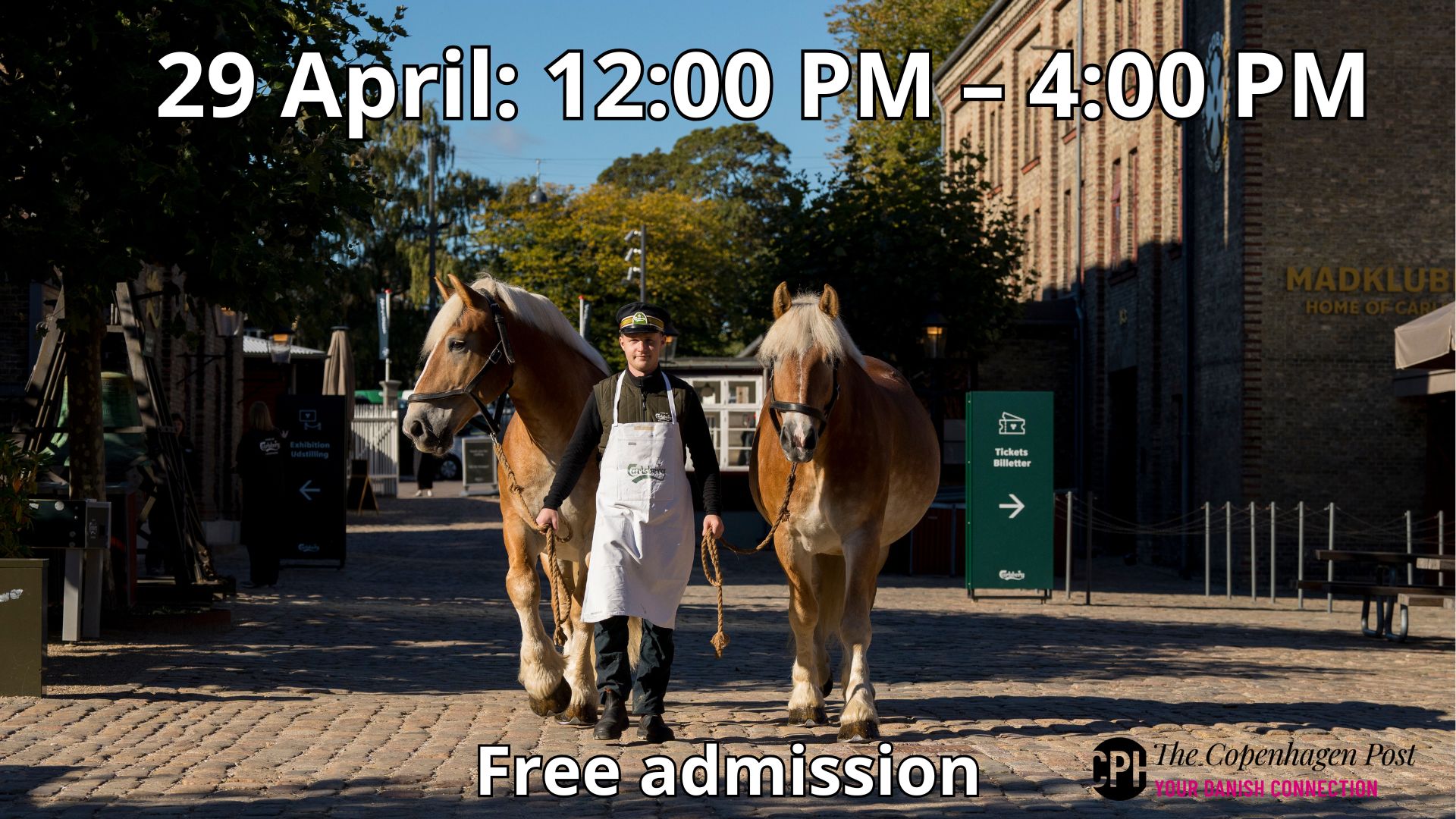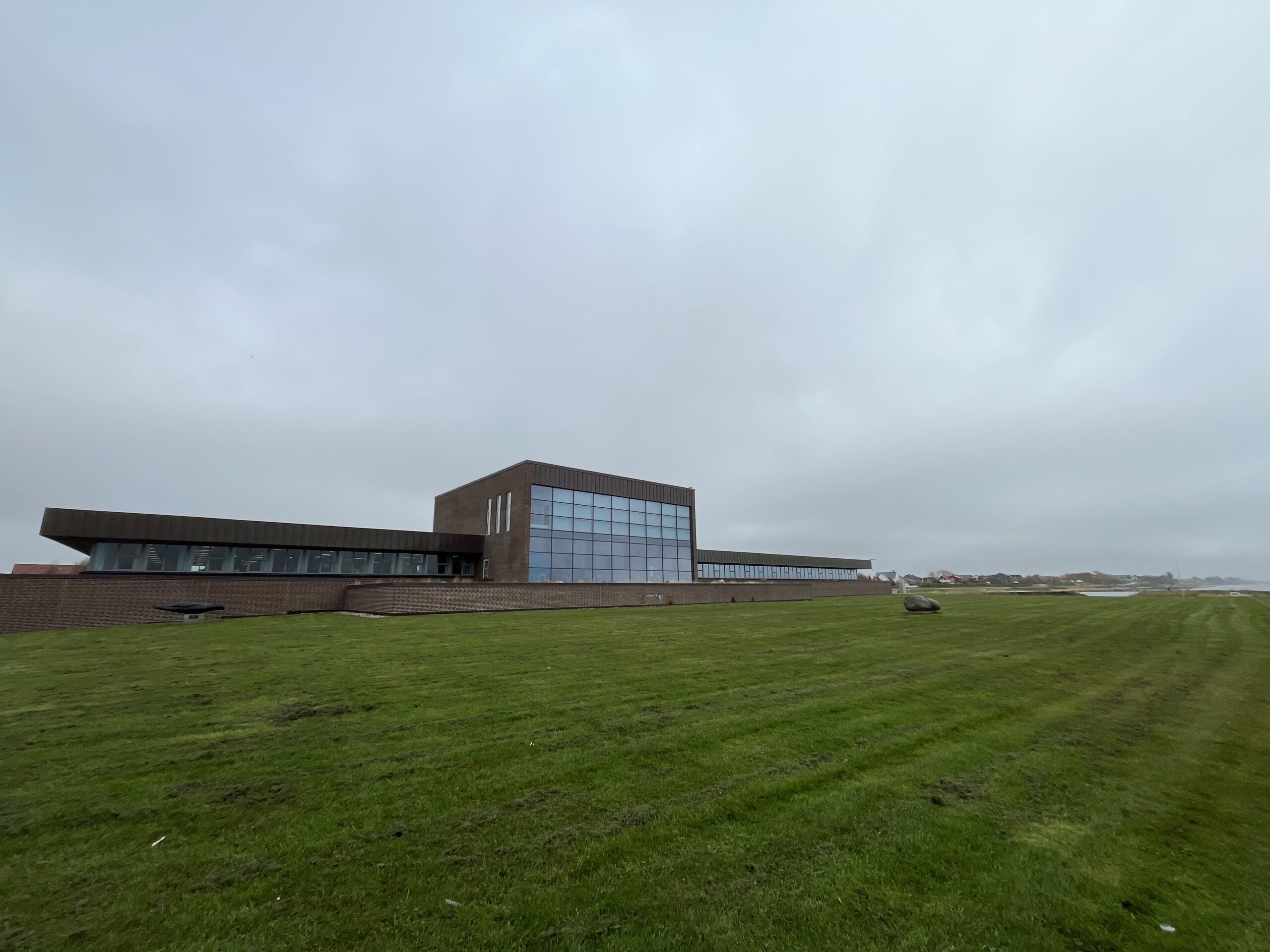Hjemmeværnet, the Home Guard, is a voluntary military organisation that can trace its origins back to the Second World War when it was formed by members of the resistance. And then during the Cold War period, it became an important part of the defence system.
‘Force to be reckoned with
Today, it is a force of 15,000 active volunteers and 30,000 reserves.
It is now the government’s plan to support the police in the border control operations that are draining the police force – especially in Jutland.
So far, 125 full-time officers have been sent, which will mean that 165 police officers will be able to return to their home districts for ‘real police work’.
It has raised some voices against the use of armed forces to enforce the border controls. It is however not clear whether the home guard will be armed, although they are all equipped with a personal weapon and live ammunition so they can immediately respond to crises.
Nothing new
It is by no means a new thing. In 2015 the police requested support from the home guard no less than 1,322 times, and its total support totalled more than 500,000 man hours. Many help with traffic control at big events and with security, while others help the police and firefighters when their resources are stretched.
There has been an ongoing debate about whether the Home Guard should be dissolved. It was suggested that – in the age of the professional – it is outdated, but in the end Parliament broadly decided to respect the tradition and to assess its usefulness. Now it is showtime.
Good for society
Many young people join the Home Guard – particularly those who were never likely to be drafted into regular military service, which includes a substantial number of women.
The home guard is a representative cross-section of the Danish population. They wish to serve and make a difference where they can. They’ve been there before and have performed admirably. There is no reason why they won’t make us proud this time.
So when you meet the home guard in uniform serving as border controllers, remember what they are: civilians dressed in uniforms guarding their home.

